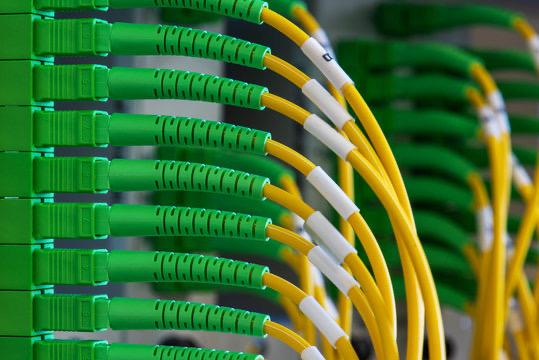
To begin, the standard definition of splicing in optical fiber is joining two fiber optic cables together. The other, more common, method of joining fibers is called termination or connectorization. Splicing is most commonly used in the field but has application in cable assembly houses. Infield installations, splicing is a faster and more efficient method and is used to restore fiber optic cables when a buried cable is accidentally severed.
Types of Splicing
There are 2 methods of splicing, mechanical or fusion. Both methods provide much lower insertion loss compared to fiber connectors.
Mechanical Splicing
Fiber optic cable mechanical splicing is an alternate splicing technique that does not require a fusion splicer.
A mechanical splice is a junction of two or more optical fibers that are aligned and held in place by an assembly that holds the fiber in alignment using an index matching fluid. Mechanical splicing uses a small, mechanical splice, about 6cm long and 1cm in diameter that permanently joins the two optical fibers. This precisely aligns two bare fibers and then secures them mechanically.
Fusion Splicing
Fusion splicing is more expensive but has a longer life than mechanical splicing. The fusion method fuses the fiber cores together with less attenuation. (Insertion loss < 0.1dB)
In the fusion splicing process, a specialized fusion splicer machine is used to precisely align the two fiber ends then the glass ends are “fused” or “welded” together using an electric arc or some type of heat. This produces a transparent, non-reflective and continuous connection between the fibers enabling very low loss light transmission. (Typical loss: 0.1 dB)
